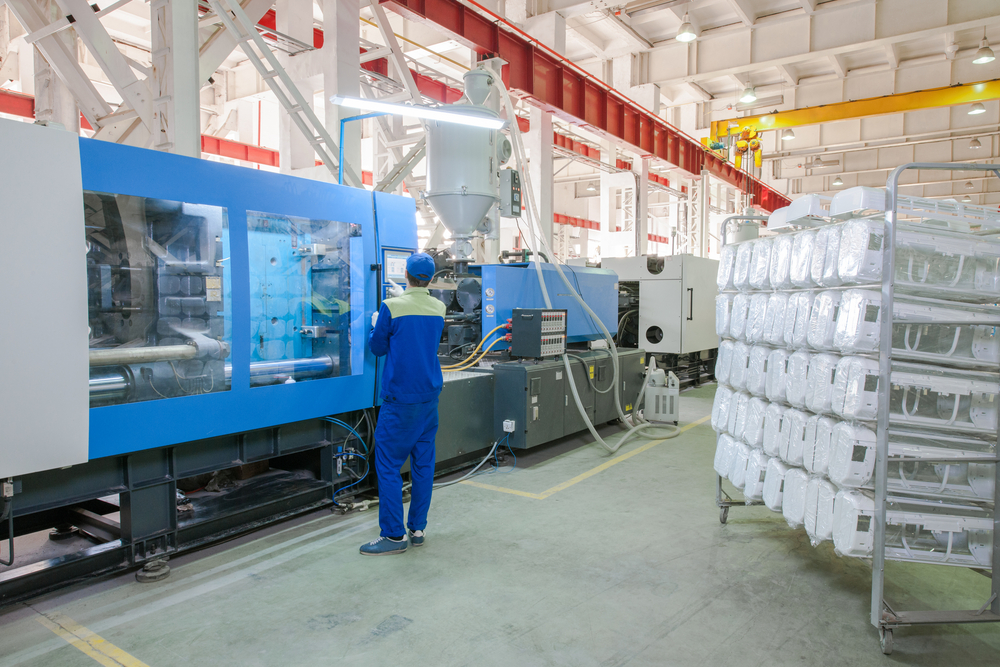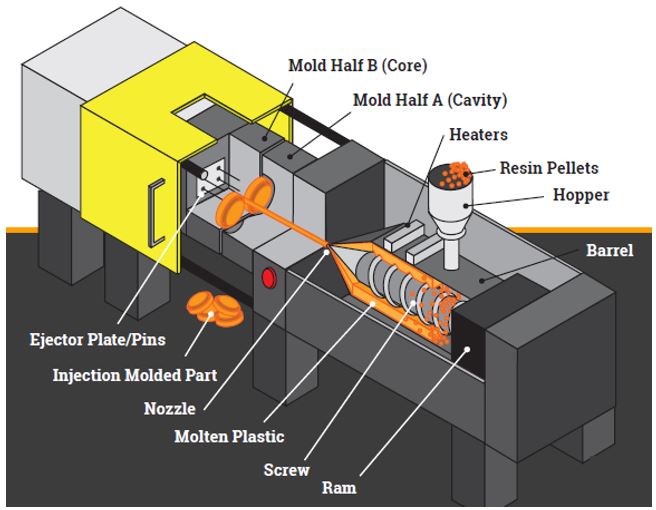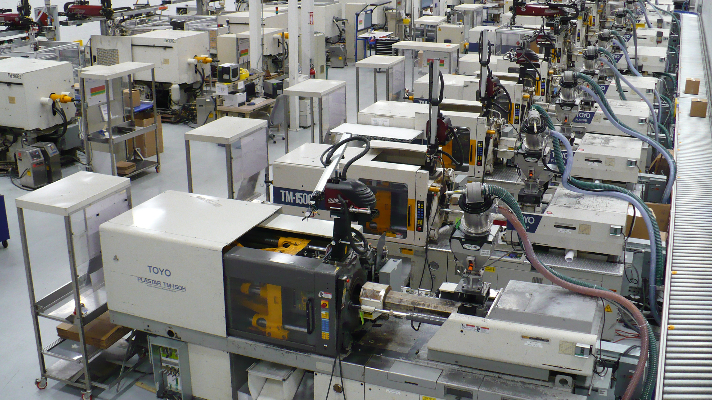The Role of Plastic Injection Molding in Developing Affordable Industrial Components
The Role of Plastic Injection Molding in Developing Affordable Industrial Components
Blog Article
The Future of Plastic Shot Molding: Developments and fads to View
As the plastic injection molding industry advances, several crucial patterns are arising that guarantee to improve its landscape. Automation and smart manufacturing techniques are established to boost productivity, while the shift towards lasting products mirrors an expanding environmental consciousness. Furthermore, innovations in 3D printing are paving the method for unprecedented design adaptability. Nevertheless, these technologies additionally produce obstacles that require cautious consideration. Comprehending how these elements will communicate and affect future techniques is vital for stakeholders aiming to navigate this transformative period properly.
Automation and Smart Production
As the plastic injection molding sector develops, automation and smart production are taking center phase, transforming production procedures - Plastic Injection Molding. The assimilation of advanced modern technologies such as robotics, IoT (Internet of Points), and man-made knowledge is enabling manufacturers to improve effectiveness, lower functional costs, and enhance product top quality. Automated systems improve workflows, lessening hands-on intervention and increasing throughput, which is important in fulfilling the rising need for rapid production cycles
Smart making innovations help with real-time surveillance and data analysis, enabling companies to enhance machine efficiency and forecast upkeep needs. This aggressive approach not just decreases downtime yet additionally prolongs the life expectancy of equipment. In addition, using collective robots, or cobots, improves the versatility of manufacturing lines, enabling workers and devices to operate side by side securely and efficiently.
The adoption of automation in plastic shot molding is not just a fad but a critical necessary for organizations aiming to remain competitive in a global market. By utilizing these innovations, producers can accomplish greater accuracy, lower waste, and adjust promptly to transforming consumer needs, placing themselves for sustainable growth in a significantly automated future.
Lasting Products and Practices
The press in the direction of automation and wise manufacturing has led the way for a greater emphasis on sustainable products and methods within the plastic shot molding market. Business are progressively seeking environmentally friendly alternatives to conventional petroleum-based plastics, leading to the fostering of recycled and bio-based products. These sustainable materials not just reduce ecological influence however likewise align with customer demand for greener products.

Furthermore, collaboration between producers, product vendors, and ecological companies is promoting advancement in the growth of lasting products that meet efficiency criteria without endangering top quality. As laws around plastic use come to be more stringent, the sector is positioned to adapt by embracing these sustainable strategies, ensuring long-term feasibility and reducing dependence on non-renewable resources. The combination of sustainability into plastic injection molding is not merely a fad; it is coming to be a crucial part of corporate obligation and operational quality.
Breakthroughs in 3D Printing
Current developments in 3D printing technology are significantly changing the landscape of plastic shot molding. The combination of additive manufacturing procedures permits the rapid prototyping of intricate geometries that were when challenging or difficult to accomplish through typical techniques - Plastic Injection Molding. This capability not just accelerates item development cycles yet also lowers material waste, straightening with the growing need for sustainable manufacturing techniques
Furthermore, the emergence of hybrid production techniques, which integrate 3D printing and shot molding, provides suppliers the ability to produce intricate styles while keeping the efficiency of mass manufacturing. This strategy allows the manufacturing of tailored parts tailored to details customer demands without giving up the rate and scalability that injection molding offers.
In addition, advancements in materials, such as high-performance polymers and composites especially designed for 3D printing, are useful site enhancing the practical abilities of published parts. These materials can endure higher stress and anxiety and show improved thermal homes, making them ideal for even more requiring applications.
As 3D printing remains to evolve, its integration into plastic injection molding processes promises to improve efficiency, minimize expenses, and foster advancement in item layout, placing suppliers to much better fulfill the obstacles of an affordable market.
Information Analytics and IoT Assimilation
Information analytics and the assimilation of the Net of Points (IoT) are reinventing plastic shot molding by supplying makers with unmatched insights into their operations. By leveraging real-time information accumulated from interconnected equipments and sensing units, makers can keep an eye on performance metrics, identify inefficiencies, and optimize manufacturing procedures. This data-driven technique helps with predictive upkeep, lowering downtime and expanding devices lifespan.
Furthermore, IoT assimilation enables improved quality control. By continually tracking variables such as temperature level, cycle, and stress times, producers can swiftly identify variances from established criteria and make modifications in real time. This not just improves product uniformity however likewise lowers waste and scrap rates.
The blend of information analytics and IoT technologies also equips suppliers to embrace more nimble manufacturing methods. my company With access to thorough data analytics, organizations can react to market needs with better flexibility, changing manufacturing schedules and arrangements as needed. This Homepage adaptability is necessary in a rapidly altering production landscape.

Personalization and Style Versatility
How can modification and style adaptability boost the competition of plastic injection molding? Modification enables producers to fulfill certain client demands, fitting unique measurements, shapes, and functionalities that typical items may not meet.
Developments in design innovations, such as computer-aided design (CAD) and quick prototyping, further strengthen this pattern. These devices allow developers to create complex patterns and complex geometries, which can be flawlessly integrated right into the production process. Consequently, producers can react quickly to transforming consumer choices and market needs.
Furthermore, the execution of modular tooling systems enhances style flexibility, permitting quicker adjustments between different item designs without substantial downtime. This flexibility can result in minimized preparations and lower production expenses, making firms much more affordable and nimble. Eventually, welcoming customization and style versatility in plastic shot molding not just elevates product offerings however likewise reinforces market positioning in an ever-evolving landscape.
Verdict
The future of plastic injection molding is defined by significant developments in automation, lasting techniques, and cutting-edge materials. Customization through modular tooling and rapid prototyping will make it possible for makers to remain competitive and receptive to the dynamic needs of the market.

The future of plastic injection molding is defined by significant advancements in automation, lasting methods, and ingenious products.
Report this page